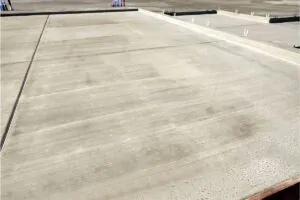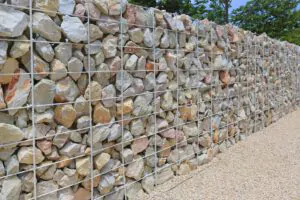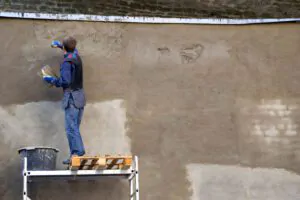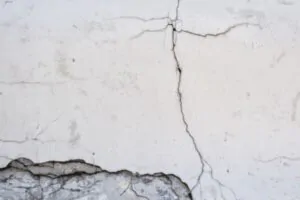Concrete is a widely used construction material known for its strength and durability. However, it is not immune to cracking. Understanding the causes of concrete cracks is crucial for builders, contractors, and homeowners alike. In this article, we will explore the different types of cracks that can occur in concrete and delve into the factors contributing to their formation.
Types of Concrete Cracks

Concrete cracks can take various forms, each indicating a different underlying cause. Some common types include plastic shrinkage cracks, drying shrinkage cracks, thermal cracks, settlement cracks, and structural overloading cracks. Identifying the specific type of crack is essential for determining the appropriate concrete repair or prevention measures.
Common Causes of Concrete Cracking
· Improper mix proportions
Inadequate ratios of cement, water, and aggregates can result in a weakened concrete mixture, leading to cracking.
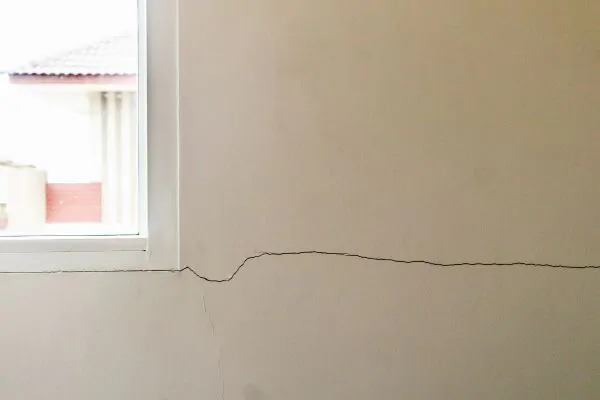
· Inadequate curing
Insufficient moisture retention and curing can cause rapid drying and shrinkage of the concrete, leading to cracks.
· Rapid temperature changes
Concrete is sensitive to sudden temperature fluctuations, causing it to expand or contract rapidly, resulting in cracks.
· Excessive loading or overloading
Heavy loads beyond the design capacity of the concrete can induce stress and lead to cracks.
· Subgrade settlement or movement
Uneven settling of the ground beneath the concrete slab or movement in the subgrade can cause cracks to develop.
· Lack of control joints
Control joints, which are intentional spaces incorporated into the concrete, help control the cracking by providing relief points for stress. The absence or inadequate spacing of control joints can contribute to concrete cracking.
Environmental Factors Contributing to Cracking
Concrete can also be influenced by environmental factors that accelerate cracking:
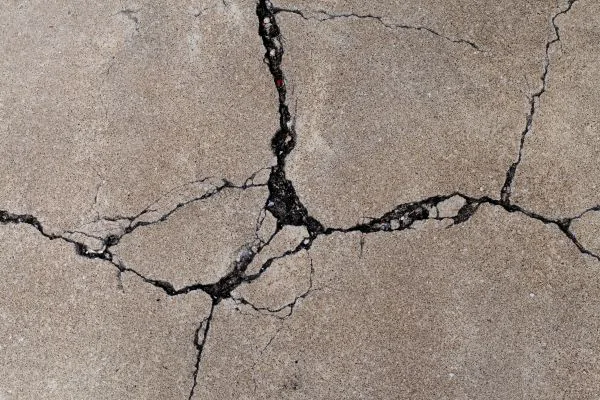
· Freezing and thawing cycles
In regions with cold climates, repeated freezing and thawing can cause the concrete to expand and contract, resulting in surface cracking.
· Chemical exposure
Exposure to aggressive chemicals, such as de-icing salts or harsh cleaning agents, can deteriorate the concrete and lead to cracking.
· Moisture changes
Moisture fluctuations, especially in areas with high humidity or frequent rainfall, can cause expansion and contraction, leading to cracks.
· Alkali-aggregate reaction
Certain reactive aggregates, when combined with the alkaline environment of concrete, can cause a chemical reaction that leads to cracking.
Prevention and Control Measures
To minimize and prevent concrete cracks, several measures should be implemented:
1. Proper mix design and proportions – Ensuring the correct ratio of cement, water, and aggregates and using high-quality materials can enhance the concrete’s durability and reduce the risk of cracking.
2. Adequate curing methods – Proper curing, such as keeping the concrete moist and protected from rapid drying, helps prevent excessive shrinkage and cracking.
3. Control joint placement – Incorporating well-planned control joints at regular intervals allows for controlled cracking along these predetermined lines, minimizing random surface cracking.
4. Reinforcement techniques – The use of reinforcing materials like steel bars or fibers can enhance the concrete’s tensile strength and reduce the risk of cracks.
5. Maintenance and repair strategies – Regular inspection and maintenance of concrete structures are essential to identify and address potential issues before they lead to extensive cracking. Prompt repairs of existing cracks can prevent further damage and deterioration.
Importance of Professional Construction Practices
Proper construction practices play a significant role in reducing the occurrence of concrete cracks:
1. Strict adherence to proper mixing procedures, adequate consolidation, and appropriate placement techniques contribute to the overall quality and durability of the concrete.
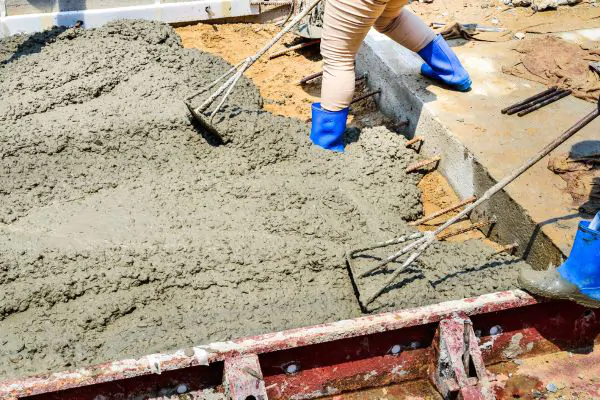
2. Abiding by established construction standards and guidelines ensures that the concrete is poured, cured, and maintained correctly, minimizing the risk of cracks and other structural issues.
3. Conducting routine inspections allows for early detection of any signs of cracking or deterioration. Timely maintenance and repairs can prevent further damage and prolong the lifespan of the concrete structure.
Understanding the causes of concrete cracks is essential for effective prevention and maintenance strategies. Surface cracks in concrete can result from a variety of factors that occur during the pouring process, such as improper mix proportions, as well as from environmental factors such as freezing and thawing cycles.
All Pro Cary Concrete Contractor: Exceptional Concrete Services
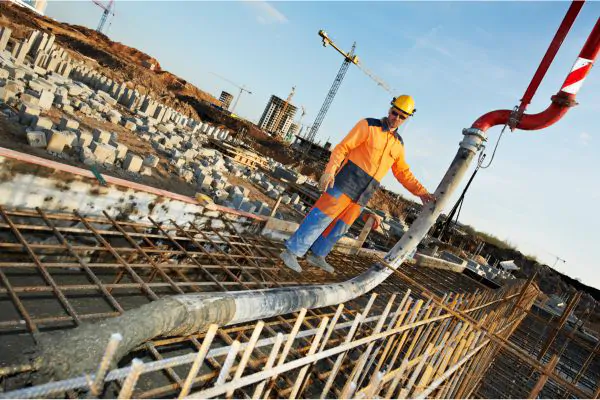
All Pro Cary Concrete Contractor is the premier choice for top-notch concrete services in Cary, NC and the surrounding areas. With extensive industry expertise, we specialize in providing exceptional concrete solutions for residential, commercial, and industrial projects. Our comprehensive range of services includes professional concrete installation, precise repair work, and efficient replacement services.
From driveways and sidewalks to patios and foundations, our skilled team of concrete experts ensures superior craftsmanship and meticulous attention to detail. With a strong commitment to customer satisfaction, All Pro Cary Concrete Contractor offers reliable service, competitive pricing, and timely project completion. Trust us to deliver outstanding results for all your concrete needs, no matter the scale or complexity of the project.



